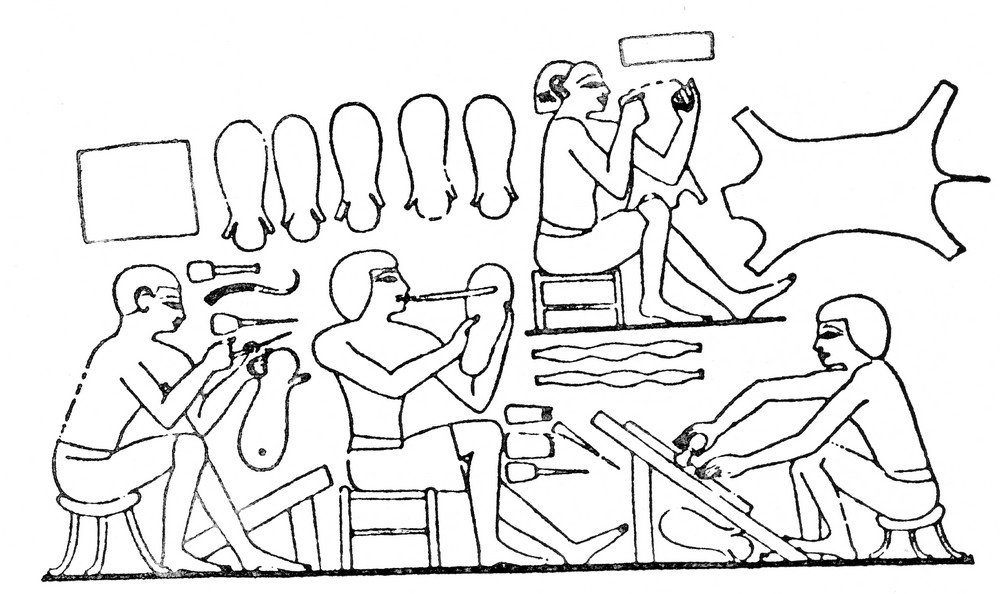There was a time, not so long ago, when we were living in a throw-away society. New cheap materials were even introduced, promoting this mentality. Today, however, we are aware of the importance of sustainability and the necessity to take responsibility for our purchasing choices. We can no longer afford to live in a world with a throw-away state of mind.
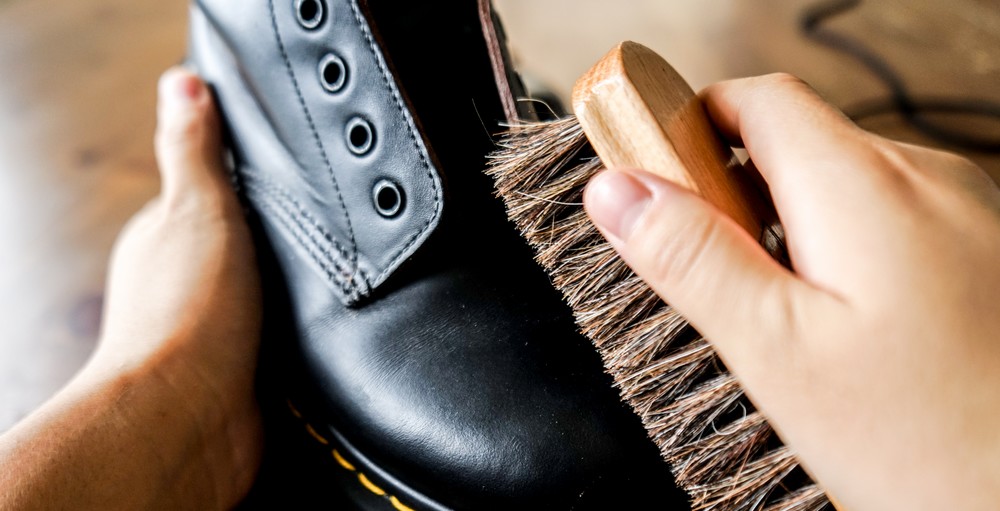
With resources shrinking and waste accumulating, it is our responsibility not only to choose well, but also to stretch the lifetime of, the products we buy. We need to slow down if we want to save the planet.
Products that last longer help us to have a much lower environmental footprint as the environmental impact of their production is stretched over the duration of their use. It goes without saying that longer living products need materials that are reliable and age well.
The world needs materials that are sustainable; materials that come from a renewable source, are fit for use, recyclable, biodegradable and don’t add to the burden of atmospheric carbon.
And guess what? Leather meets these requirements.
COTANCE Member associations represent 1479 tanneries producing to strict environmental standards, the leather that will extend the usable lifetime of products, providing a feeling of beauty and a sense of high quality.
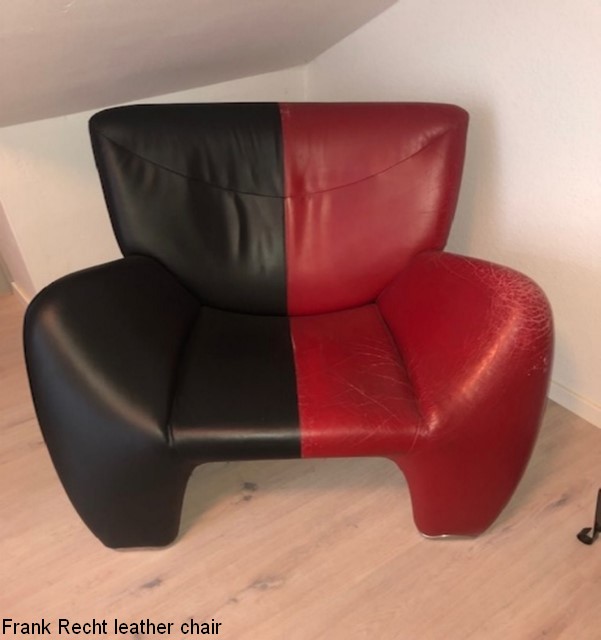
Indeed, good quality leather upholstered furniture can last 10 to 25 years with appropriate care and some may even last a lifetime. This black-and-red chair shows two sides: the red side has hardly been maintained for 15 years while the black side has received appropriate care and been recoloured. After 20 years, it looks as good as new.
Built between 1654 and 1676, the baroque Skokloster Castle in Sweden gives us another example. Its shiny gilt leather hangings commissioned for the state apartments can still be admired after more than 350 years. Talk about longevity and sustainability!
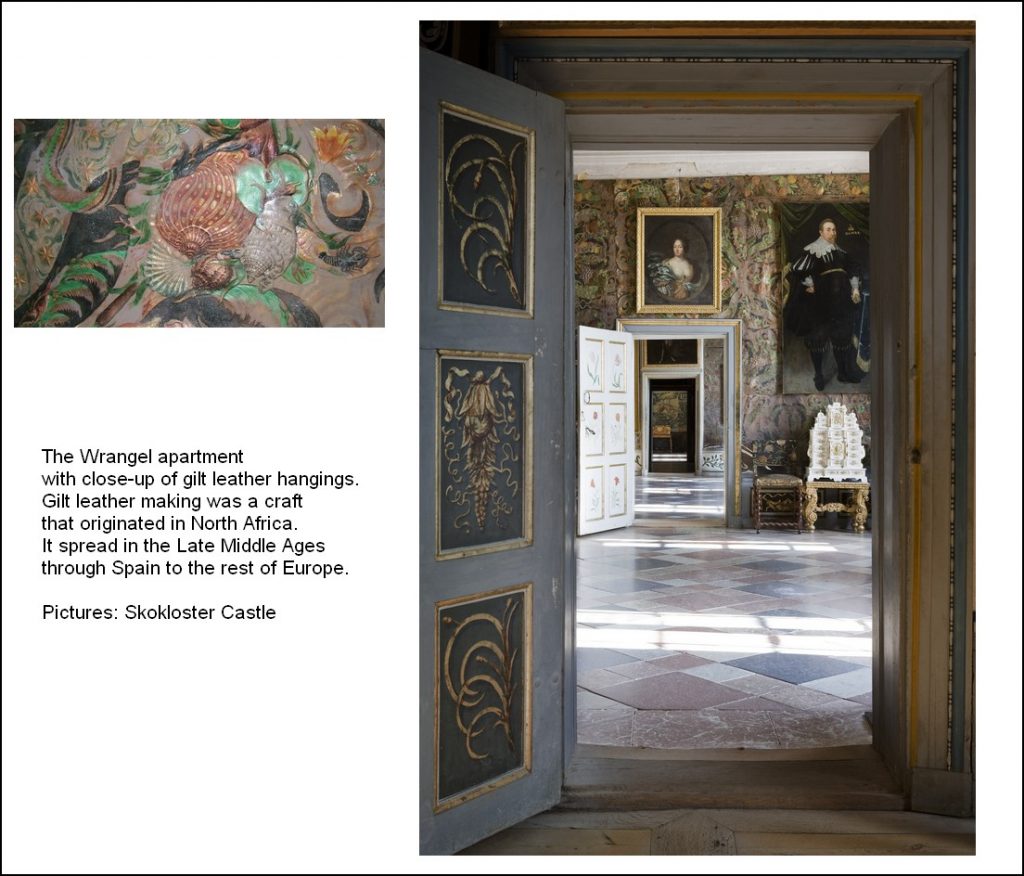
The leather manufacturing sector upcycles an unavoidable residue from the food industry, to produce a beautiful versatile, durable, unique material, ideal for the circular economy. Go slow, choose leather!
Edited in February 2022 by
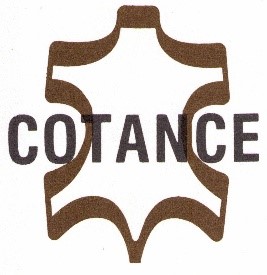
in collaboration with



